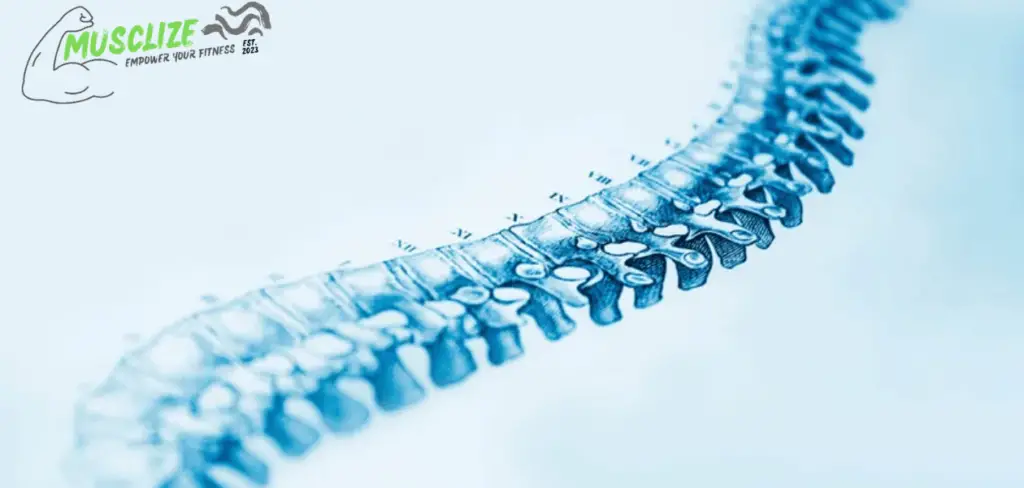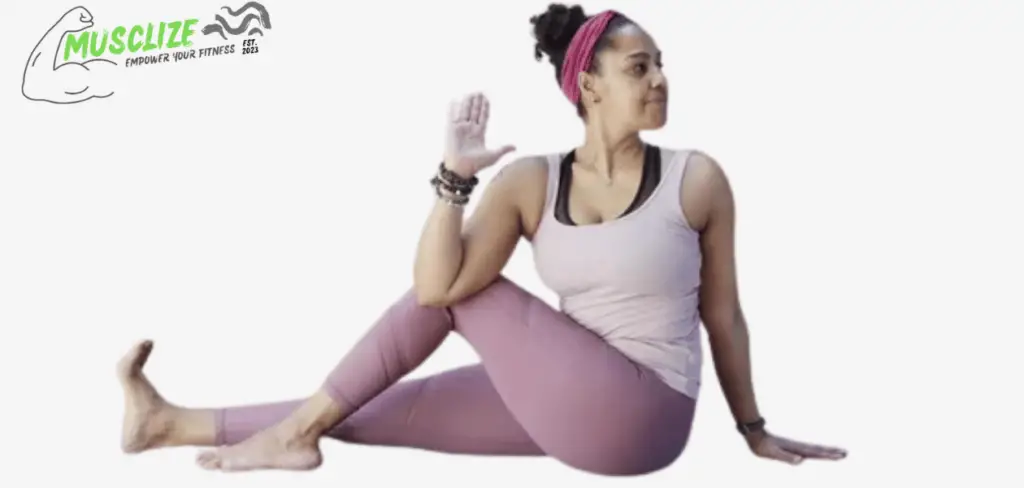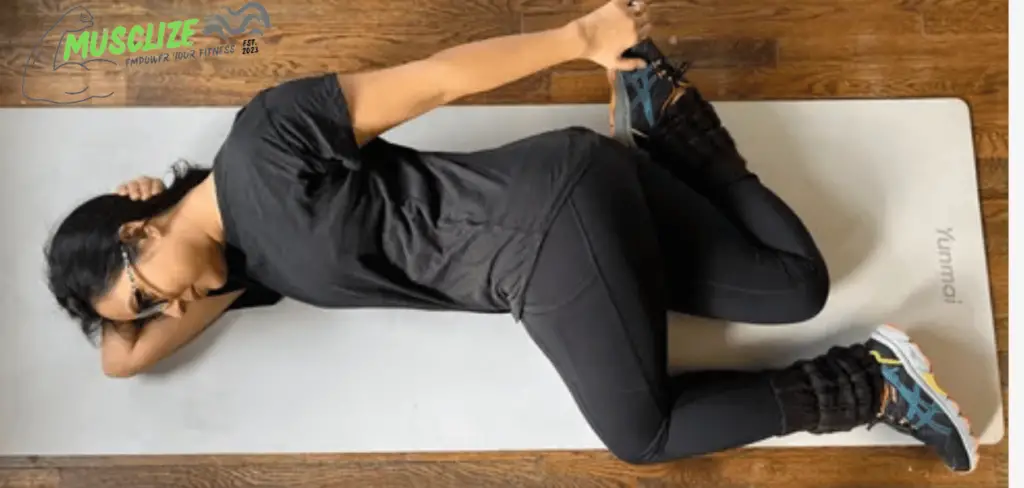The Crucial Role of a Healthy Back
Our backs serve as the foundation upon which we carry out our daily activities, whether sitting at a desk, engaging in physical labor, or simply standing upright. A healthy back is essential for maintaining proper posture, supporting body weight, and facilitating smooth movement. However, with reasonable care and attention, our backs can become susceptible to pain and discomfort that can significantly impact our quality of life.
Exploring the Prevalence and Causes of Back Pain
Back pain is an alarmingly common issue, affecting individuals across all groups and lifestyles. The World Health Organization (WHO) estimates that back pain affects 80% of adults at some point. Back pain can have various reasons, from simple disorders like strained muscles from improper lifting techniques to more complicated ones like ruptured discs or spinal misalignments.
Unveiling the Benefits of Exercises for Back Pain Relief
When faced with back pain, many individuals resort to medication or rest as a relief practice. However, research consistently suggests that incorporating specific exercises into one’s routine effectively manages and reduces back pain symptoms. Engaging in practices helps relieve immediate discomfort, strengthens the muscles supporting the spine, enhances flexibility, improves posture, and prevents future episodes of back pain.
We may better comprehend why exercises designed explicitly to ease this discomfort play a crucial part in improving general well-being by knowing the significance of having a healthy back and realizing the prevalence and causes of back pain in society today.
Anatomy of the Spine and its Role in Supporting the Body

The human spine is a remarkable structure that provides stability, flexibility, and support to our bodies. Composed of 33 individual vertebrae stacked upon one another, it forms a protective canal for the spinal cord.
The spine consists of four primary regions: cervical (neck), thoracic (upper back), lumbar (lower back), and sacral (pelvic). Each area has unique characteristics and functions.
The cervical spine, comprising seven vertebrae, supports the weight of our head while allowing for a wide range of motion. It enables us to turn our heads from side to side and nod up and down.
The thoracic spine consists of twelve vertebrae attached to the rib cage, providing stability and protecting vital organs such as the heart and lungs. While it has limited mobility compared to other regions, it plays a crucial role in maintaining posture.
Next is the lumbar spine, consisting of five large vertebrae that carry most of the body’s weight. It supports movements like bending forward, extending backward, and twisting at the waist.
The sacral region comprises five fused vertebrae that form part of the pelvis. Its primary function is to transfer weight from the upper body to the lower limbs.
Common Conditions That Cause Back Pain

Back pain can arise from several conditions related to the spine or surrounding structures. One common cause is herniated discs or slipped discs.
These occur when one of the rubbery cushions between spinal bones ruptures or protrudes outward due to wear and tear or injury. This can lead to localized pain and radiating pain or numbness along nerve pathways.
Muscle strains are another prevalent cause of back pain. They typically occur due to sudden movements, heavy lifting without proper technique, or excessive use during physical activities without adequate conditioning.
A strained muscle can cause localized tenderness, stiffness, and discomfort in the affected area. Spinal stenosis is characterized by the narrowing of the spinal canal, which puts pressure on the spinal cord and nerves.
It often occurs due to age-related degenerative changes in the spine and can lead to back pain and numbness or weakness in the legs. Scoliosis is where the spine curves sideways instead of maintaining its natural straight alignment.
This abnormal curvature can cause back pain, especially if it becomes severe or progresses during growth. Conditions like osteoporosis (reduced bone density) and arthritis (inflammation of joints) can also contribute to back pain.
How Poor Posture and Sedentary Lifestyle Contribute to Back Pain

Poor posture significantly contributes to back pain in our modern sedentary lifestyles. Slouching or hunching forward for extended periods places excessive strain on your spine’s muscles, ligaments, and discs.
This can eventually result in muscle imbalances, weaker core muscles, and more strain on the spinal structures. Sedentary lifestyles further exacerbate this problem.
Prolonged sitting not only encourages poor posture but also leads to weakened muscles that support the spine. Lack of regular physical activity reduces blood flow to spinal structures, impairs proper nutrition delivery to tissues, and slows waste removal processes.
These factors promote muscle stiffness and increase susceptibility to injuries or degenerative conditions that cause back pain. Furthermore, prolonged sitting often involves slouching over desks or looking down at electronic devices such as smartphones or tablets for extended periods.
This forward head posture strains the neck and upper back muscles while increasing pressure on the intervertebral discs. To combat these adverse effects of poor posture and sedentary lifestyles on our backs’ health, it becomes vital to incorporate regular exercise routines, maintain good posture during daily activities, and take frequent breaks to stretch and move throughout the day.
General Tips for Exercising with Back Pain
Consult a healthcare professional before starting any exercise program
When dealing with back pain, seeking advice from a qualified healthcare professional before embarking on an exercise program is crucial. This is an essential stage since they can identify the underlying reason for your back discomfort and suggest suitable activities that won’t worsen it. An orthopedic doctor or physical therapist will evaluate your condition and create exercises for you.
The importance of warming up and stretching properly before exercising
It is essential to warm up the body and stretch correctly before participating in any physical activity to get the muscles ready for use. The muscles become more supple and less prone to damage due to the increased blood flow brought on by warming up.
Begin with five to ten minutes of low-intensity cardiovascular exercise like walking or stationary cycling. After warming up, focus on stretching exercises targeting the muscles in your back and surrounding areas.
Gentle stretches help improve flexibility, alleviate muscle tension, and reduce the risk of straining your back during exercise. Perform stretches such as the standing forward fold or gentle trunk twists that promote mobility in the spine while avoiding jerky or forceful movements that could exacerbate pain.
Gradually increase the intensity and duration to avoid exacerbating pain.
When incorporating exercises into a routine for back pain relief, it is essential to proceed gradually by slowly increasing both intensity and duration over time. Starting with low-impact exercises like walking or swimming allows you to build strength without placing excessive stress on your back.
Listen closely to your body as you progress through each exercise session. If you experience significant discomfort or worsening pain during any activity, modifying or discontinuing that particular exercise immediately is crucial.
Remember, the goal is to alleviate pain, not exacerbate it. Taking breaks during exercise sessions can also be beneficial.
Allow yourself time to rest if you feel fatigued or your muscles feel strained. Finding a balance between pushing yourself and respecting your body’s limitations is critical in managing back pain and preventing further injury.
Overall, the general tips for exercising with back pain here underscore the importance of seeking professional guidance, properly preparing your body through warming up and stretching, and gradually increasing intensity and duration. By adhering to these recommendations, you can create a personalized fitness program that is both safe and effective for you. This will help you relieve back pain and improve your general physical health.
Stretching Exercises for Back Pain Relief
Cat-Camel Stretch: Enhancing Flexibility and Easing Tension
With its fluid movements resembling a feline’s arching motion, the cat-camel stretch is an excellent exercise for alleviating back pain and increasing spinal flexibility. This gentle stretching technique targets the vertebrae, relieving the lower back muscles by stretching and elongating them.
To perform this stretch: 1. On all fours, place your hands directly under your shoulders, knees beneath your hips, and start the move.
2. Gently inhale as you slowly arch your back upwards, letting your head drop naturally. 3. Hold this position for a few seconds while feeling the stretch along your spine.
4. Exhale as you slowly reverse the motion by rounding your back upwards and tucking your chin towards your chest. 5. Pause momentarily at the end of this movement before repeating the cycle.
By alternating between these two positions, you create a rhythmic flow that promotes flexibility within the spine and releases tension from overworked or strained muscles in the lower back region. For individuals with varying levels of flexibility, modifications can be made to ensure optimal comfort during this exercise.
If you feel tightness in certain areas, such as the hips or shoulders, gently adjust each movement to accommodate those limitations without compromising good form. Remember to focus on smooth transitions between each position while maintaining controlled breathing.
Furthermore, individuals with limited mobility or recovering from injuries can also benefit from modified versions of the cat-camel stretch. It may involve performing smaller range-of-motion movements or utilizing props like bolsters or pillows for added support as they gradually regain strength and flexibility.
Child’s Pose: Unwinding Lower Back Muscles While Cultivating Tranquility
Child’s Pose is a restorative yoga posture that stretches the lower back and promotes deep relaxation within the entire body. This gentle and accessible stretch is particularly beneficial for individuals experiencing back pain, as it passively releases muscle tension.
To settle into Child’s Pose: 1. Start on all fours with your hands in front of your shoulders and your knees slightly bent.
2. Gradually sit back onto your heels while extending your arms. 3. Lower your chest to the floor, resting it between or on your thighs.
4. Extend both arms alongside your body, fully relaxing with your palms facing up. 5. Rest in this position for several deep breaths, allowing yourself to surrender to calmness and tranquility.
As you sink deeper into this restorative posture, focus on elongating the spine and consciously releasing any tension or tightness from the lower back area. Feel free to adjust the width of your knees or use props such as blankets or bolsters to ensure comfort and support.
Modifications can be made for those experiencing knee or hip issues that limit mobility or create discomfort in this pose. Placing a folded blanket beneath the knees or using additional padding beneath the hips can help alleviate pressure points while reaping this soothing stretch’s benefits.
Incorporating these stretching exercises into a regular routine can significantly contribute to relieving back pain by increasing flexibility and reducing muscle tension in targeted areas of the spine and lower back region. Remember that consistency is critical when reaping long-term benefits, so try to practice these stretches regularly while listening attentively to what feels suitable for your body’s unique needs.
Strengthening Exercises for Back Pain Relief
The Bridge Exercise: Building a Solid Foundation
The bridge exercise is a fundamental movement that targets the core muscles supporting the spine. It can significantly alleviate back pain and improve overall spinal stability when performed correctly. Start by lying on your back with your knees bent, your feet flat on the ground, and your arms at your sides.
Start by engaging your abdominal muscles and squeezing your glutes as you lift your hips. Maintain a straight line from your knees to your shoulders, avoiding excessive lower back arching.
Hold this position for a few seconds while focusing on maintaining proper alignment and control. Variations of the bridge exercise allow you to target different muscle groups.
For instance, to engage your hamstrings more intensely, try placing your feet on an elevated surface, such as an exercise ball or bench, while performing the movement. Modifications can be made for individuals with weak abdominal muscles or limited mobility by performing a mini-bridge exercise instead.
Raise only your hips off the ground without lifting your lower back fully. This variation reduces abdominal strain while activating crucial posterior chain muscles.
Bird Dog Exercise: Unleashing Your Strength
A bird-dog exercise is a powerful approach to simultaneously strengthening your back and core muscles, which can help with pain relief and posture improvement. Begin in a tabletop position with hands beneath shoulders and knees below hips.
Extend one arm forward while simultaneously extending the opposite leg backward until they are parallel to the ground. Focus on keeping your core engaged throughout this movement to ensure stability.
This exercise targets various muscle groups, including the erector spine, glutes, and deep abdominal muscles. It helps stabilize the spine and improve balance and coordination.
Those with restricted mobility or balance concerns can adapt to this exercise by doing it while seated on a firm chair or with the help of a wall. The key is maintaining proper form and gradually increasing the difficulty as strength improves.
Conclusion
As you journey to find relief from back pain, incorporating strengthening exercises into your routine can be immensely beneficial. The bridge exercise targets the core muscles that provide crucial support for your spine, while variations allow for customization based on individual needs.
The bird-dog exercise further strengthens the back and core muscles, promoting better posture and stability. Remember that consistency is critical to achieving long-term relief from back pain.
As your strength increases, progressively increase the intensity and length of these exercises. Always listen to your body’s cues and consult a healthcare professional if you have any concerns or pre-existing conditions.
By committing to these strengthening exercises regularly, you are taking proactive steps toward improving your back health and overall well-being. Embrace the transformative power of movement in conquering back pain, knowing that each effort brings you closer to a stronger, more resilient self.

